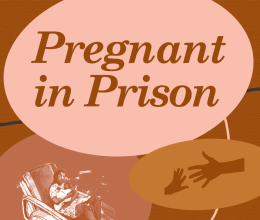
MILWAUKEE - In response to last week’s officer-involved fatal shooting of 32-year-old Kevan Ruffin, the American Civil Liberties Union of Wisconsin called for Sheboygan Police to release body cam footage of the incident to Ruffin’s family as a way to provide transparency in the investigation.
Chris Ott, Executive Director of the ACLU of Wisconsin, issued this statement:
“In the interest of full transparency, Sheboygan Police should release body camera footage of the incident to Mr. Ruffin’s family as soon as the Department of Justice has completed its initial interviews with witnesses. The family of Kevan Ruffin has a right to know exactly what happened to him during the final moments of his life. Whenever an officer deploys deadly force against a member of our community, a thorough investigation is warranted. People in Sheboygan, like Americans across the country, peacefully gathered together last week to demand answers, and it is incumbent upon SPD to address those questions and provide clarity as to what transpired.
“Replacing tension with trust requires transparent interactions between residents and law enforcement. The murder of George Floyd by Minnesota Police in late May provides an example of how the involved agency’s initial narrative can be different from what actually occurred. This came to light after the video of Floyd’s murder surfaced. Law enforcement should not offer a narrative that prejudges the issue by denigrating the character of the victim while withholding the facts surrounding the events. Too often, the victim is blamed, even while details of the case remain unclear and the full story has yet to be openly disclosed.
"Unnecessarily delaying release of body-cam video, which objectively documents the interaction with law enforcement, only raises suspicions or defers the day when the truth is revealed, as was the case with Chicago's withholding of video of the murder of 17-year-old Laquan McDonald by a police officer in 2014. Providing the footage in a timely manner will offer an objective, public account of what happened, which is unlikely to hinder the investigation after initial interviews have been conducted. Holding the footage until after the investigation, which can sometimes be six to eight months after the incident, is unnecessary and allows only the police narrative to be shared with the public, without other sources for the public or media to rely on.”

